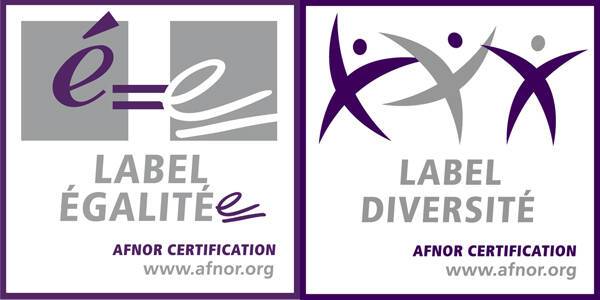CO-
François Aubart
Partners: Master Sciences et Techniques de l’exposition (Université Paris 1
Panthéon-Sorbonne) and the Palais de Tokyo.
Art is often seen as a form of personal expression, seemingly a guarantee of originality. Collective practices have always represented an alternative to this individualisation. There are many reasons for working in groups. They can be practical, allowing time, tasks and skills to be shared. They can be political, opening the door to non-hierarchical, less controlled, less standardised forms of organisation. They can be social, considering that it is the activity of the group itself that is the vector of emancipation. Obviously, there are as many reasons to work collectively as there are collective initiatives. This line of research will provide an opportunity to discover some of them as well as their motivations. Organised in partnership with the Sciences et Techniques de l’Exposition Master’s programme (Université Paris 1 Panthéon-Sorbonne) and the Palais de Tokyo, it will also provide an opportunity to see how these questions intersect with curatorial practices and, depending on the direction our discussions take, to develop a project together.
GÉNÉALOGIE DU CYBORG / CYBORG GENEALOGY
Christian Merlhiot and Corinne le Neün
Guest : Donatien Aubert
Contemporary imaginaries are weighed down by technological mythologies that guide developments in scientific research as well as public debates. Among the beings promulgated by technoscientific narratives has emerged the figure of the cyborg. The ‘cybernetic organism’ originally conceived by Manfred Clynes and Nathan S. Kline as the decisive agent conquest of space during the Cold War was soon to be reinvented by Donna Haraway as a model of feminist transcendence and emancipation. The figure of the cyborg, involving the pairing of the human body with technological devices, is contingent on this dual heritage – paramilitary and libertarian – which makes them an ambiguous character in the science-fictional imaginary. The aim of this line of research will be to trace its genealogy and question its various literary, cinematographic and artistic incarnations in the two countries that have contributed to making it a leading fictional figure: the United States and Japan. The course will invite students to present, analytically and critically, works from both countries that incorporate the figure of the cyborg.
LES ICONOPHAGES
Nicolas Charbonnier and Corinne le Neün
This unusual proposal has been devised in partnership between the sound workshop and the art history seminar. The aim is to work together to explore the fascinating theme of the ‘eaten image’, of which art historian Jérémie Koering has made an exhaustive list.
“Eating or drinking images… what a strange idea! And yet, since Antiquity, people have always feasted on frescoes, icons, sculptures, engravings, embossed hosts, heraldic wafers, marzipan representations and sculpted dishes… Specifically produced to be consumed or diverted from their original purpose to be ingested, these figurative artefacts have not only been looked at but also incorporated in solid or liquid form. But how can we explain such attitude towards them? Why take an image into your own body, at the risk of destroying it, rather than contemplating it sensibly from a distance? What are the imaginaries that run through these desires for incorporation? What visual configurations are presented to the mouth, and what are their effects? What therapeutic, religious, symbolic or social functions can be attributed to this type of iconic relationship? These are just some of the questions on which this investigation into iconophagy is based.” Teaching will take the form of podcasts, which will be broadcast regularly on the Drive.
TERRAIN VAGUE
Éric Maillet
Partners: ETIS Laboratory (CY University), ENSEA – Ecole Nationale Supérieure de l’Electronique et de ses Applications (CY University), LABBOITE Fablab.
The aim of this line of research is to explore and support artistic and theoretical approaches around urban art and the notion of the itinerary, in conjunction with digital and cartographic tools. The project as a concept is central to this and forms the basis of the research. Theoretical contributions will underpin the participants’ works. This line of research is therefore the ideal place if you want to develop projects exploring urban space, by questioning and developing digital devices. There are no technical prerequisites (although a minimum level of interest in these tools is preferable), but we do expect you to have a desire to question public space and put forward one or more proposals. This line of research is being carried out as part of the ETIS Laboratory at CY and ENSEA, by Lilyana Petrova (theorist and artist in Digital Humanities), Sylvain Reynal (researcher, theorist, artist) and Eric Maillet.







